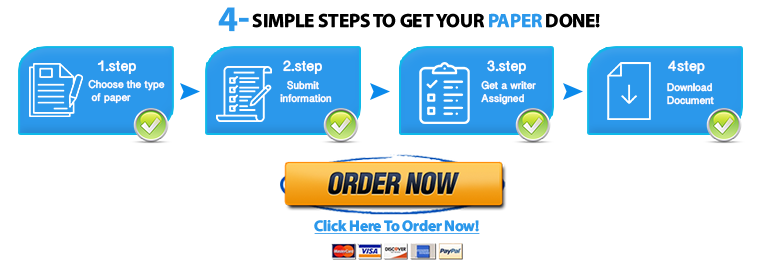Case study
This is share assigment , i am in charge of one diffrential diagnosis:
Case secnario:
22-month-old male is brought into the clinic by Mom for a sick visit/ fever today (TMax 102F Axillary from Daycare). Mom reports he has been fussy all week, more difficult to console, and pulling at his ears.
We must work on: Acute otitis media (AOM),
1- The reason why I choose Acute otitis media“ itâ€, as the differential diagnosis .
2- The diagnostic evaluation
3- treatment plan
APA reference less than 5 years old.
You can Can use : Bates physical examination and History Taking and ICD.Data.com
No need for cover page.


